Cilantro, our beloved and sometimes misunderstood herb, can be a sensitive soul when it comes to choosing its garden neighbors.
While some plants bring out the best in cilantro, others can cause more harm than good.
In this article, we’ll explore 11 plants that might not make the best garden buddies for your cilantro, and explain why these plants could be damaging your beloved herb.
So, let’s dive in and learn how to avoid a cilantro catastrophe in your garden!
1. Fennel
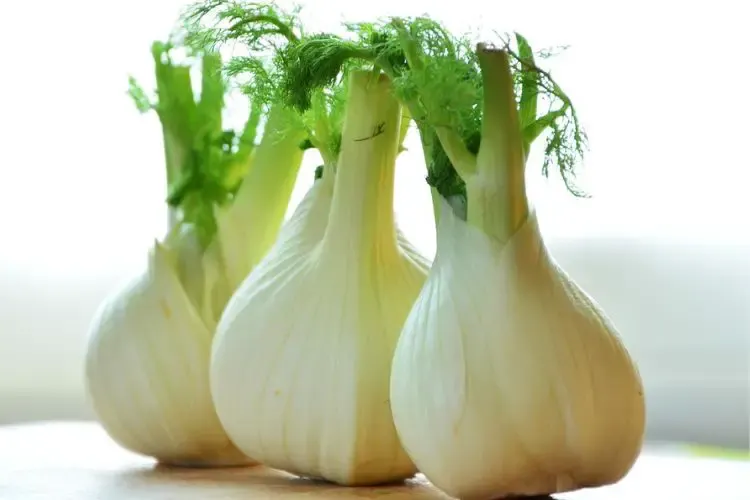
Fennel, the feathery and fragrant herb, has a reputation for being a poor companion for many plants, including cilantro.
This is because fennel can exude allelopathic chemicals that inhibit the growth of nearby plants.
While it may look innocent, its lush, feathery foliage can spell disaster for your cilantro and other plants in the vicinity.
Not only can fennel stunt the growth of cilantro, but it can also lead to a weaker and less productive plant overall.
Keep fennel at a safe distance to ensure your cilantro grows happily and doesn’t suffer from its allelopathic effects.
2. Cabbage
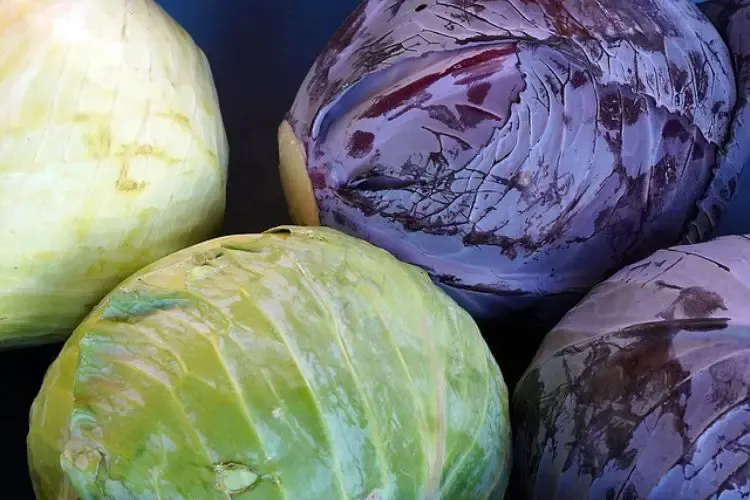
Cabbage, the leafy green that’s a staple in many gardens, might not be the best neighbor for cilantro.
Both plants have similar pest problems, such as attracting aphids, which can create a concentrated buffet for these pesky critters.
Having these plants too close together can result in a thriving pest population that can wreak havoc on your garden.
Furthermore, cabbage and cilantro have different nutrient requirements, and they may end up competing for the same resources.
To avoid creating a pest party and a nutrient competition, it’s best to separate these two.
3. Cauliflower
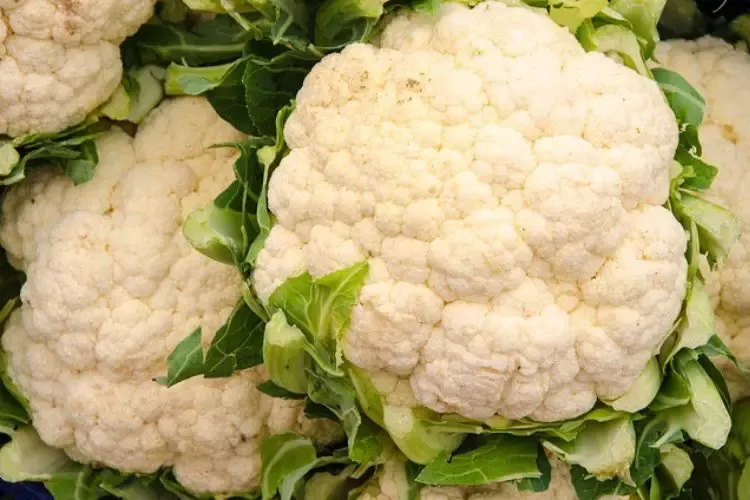
Cauliflower, a close relative of cabbage, shares similar issues when it comes to proximity with cilantro.
Both plants are susceptible to the same pests, such as aphids and cabbage worms, and can provide a breeding ground for these unwanted guests.
In addition, cauliflower takes up a lot of space and can easily overshadow the smaller cilantro plant, potentially causing it to receive less sunlight and struggle to grow.
To protect your cilantro and cauliflower from a pest invasion and competition for space, make sure they’re not sharing the same garden bed.
4. Broccoli
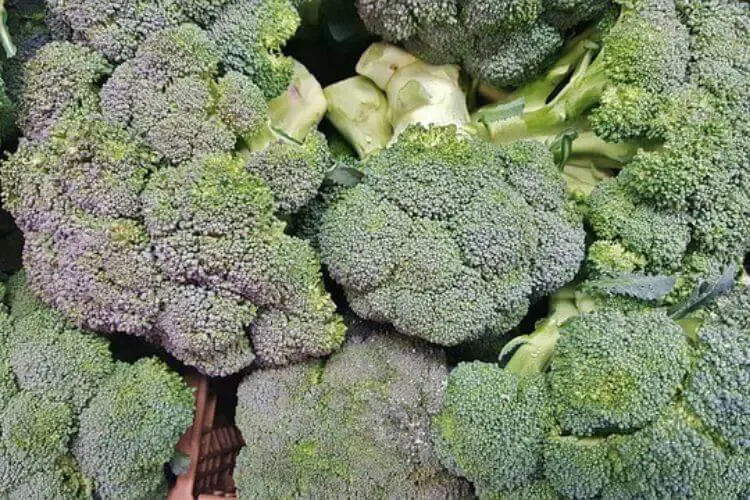
Broccoli, yet another member of the Brassica family, is another poor companion for cilantro.
Their shared susceptibility to pests like aphids, cabbage worms, and whiteflies makes them a risky combination in the garden.
Moreover, broccoli is a heavy feeder and can deplete the soil of nutrients that cilantro needs to thrive, causing both plants to struggle.
Keep your cilantro and broccoli separate to prevent a pest infestation and competition for nutrients that could harm both plants.
5. Brussels Sprouts
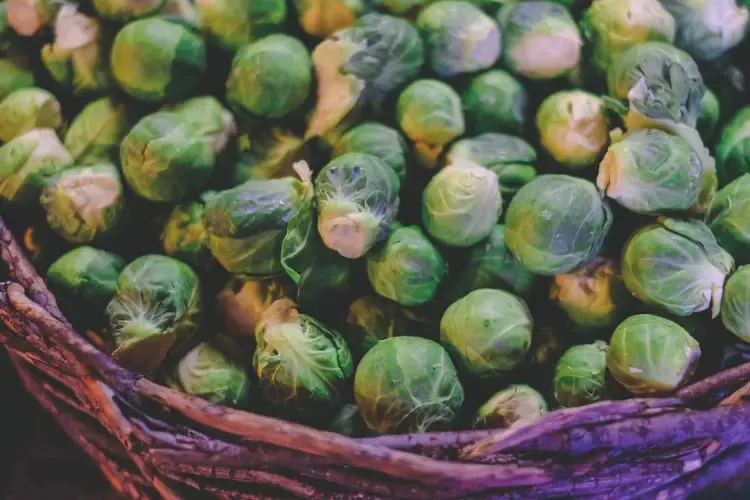
Brussels sprouts, the love-them-or-hate-them veggies, can cause some issues when grown near cilantro.
Like their Brassica cousins, Brussels sprouts are susceptible to pests that also enjoy munching on cilantro.
Additionally, their large leaves can create a lot of shade, which may not be ideal for cilantro, which requires plenty of sunlight to grow well.
To keep your cilantro healthy and pest-free, it’s best to keep Brussels sprouts at a distance.
6. Kohlrabi
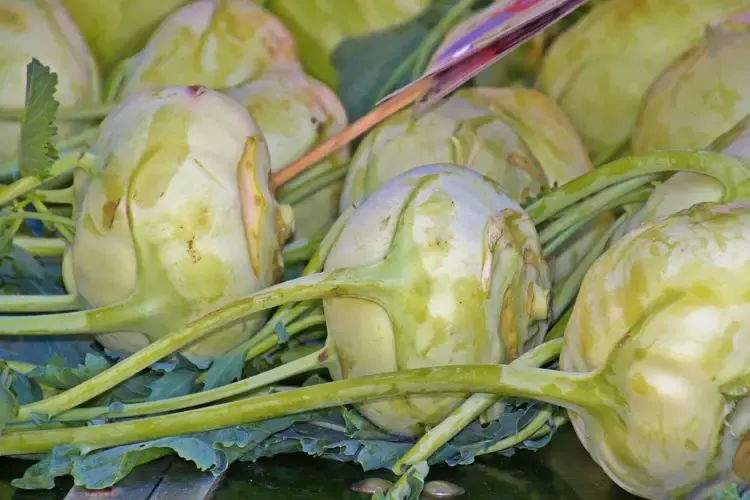
Kohlrabi, the quirky and versatile Brassica vegetable, can also be a bad influence on your cilantro.
This is due to the same reasons as its Brassica relatives: the shared attraction of pests like aphids and cabbage worms.
Furthermore, kohlrabi’s broad leaves and the substantial root system can compete with cilantro for space, sunlight, and nutrients, potentially stunting the growth and health of your cilantro.
To maintain a healthy balance in your garden and avoid a pest outbreak, plant kohlrabi and cilantro apart from each other.
7. Strawberries
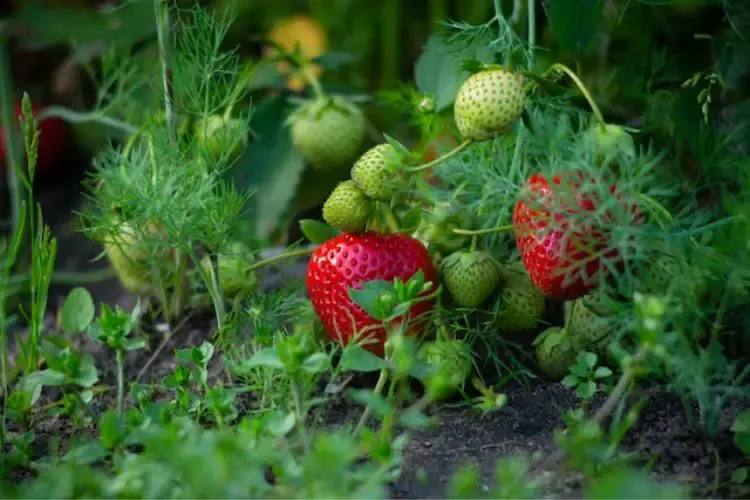
Strawberries, the sweet and juicy summer fruits, might seem like an odd addition to this list, but they, too, can have a negative impact on cilantro.
Both plants have different watering needs, with strawberries requiring more consistent moisture and cilantro preferring well-draining soil.
Planting them together can result in either over-watering the cilantro or under-watering the strawberries, which can hinder the growth and health of both plants.
By keeping strawberries and cilantro in separate garden beds, you’ll be able to cater to their specific watering needs, ensuring they both thrive.
8. Corn
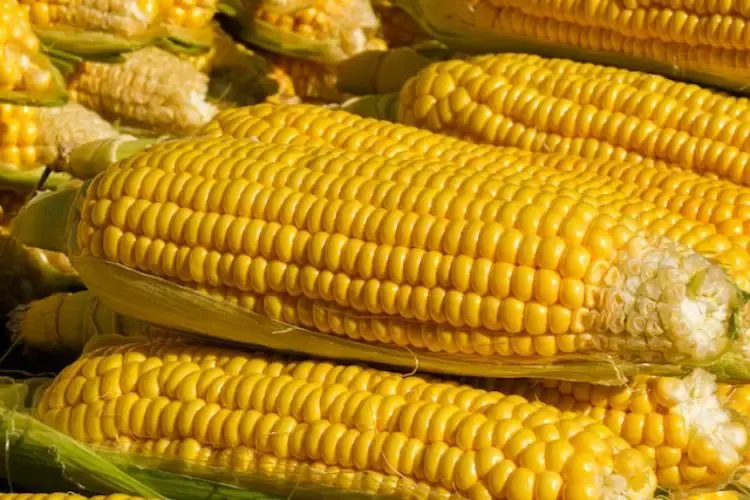
Corn, the towering summer favorite, may not be the best companion for your cilantro for a few reasons.
Firstly, corn’s tall stature can create too much shade for cilantro, which prefers ample sunlight to grow well.
Secondly, corn can be a heavy feeder, depleting the soil of nutrients that cilantro needs to grow and flourish.
Lastly, both plants can attract the same pests, like earworms and aphids, which can result in a higher likelihood of infestation.
To avoid these issues, it’s best to plant corn and cilantro separately in your garden.
9. Potatoes

Potatoes, the versatile and beloved tubers, can be problematic when planted near cilantro.
Both plants have different soil requirements, with potatoes preferring a more acidic soil and cilantro needing a neutral pH to grow well.
The differing soil preferences can result in poor growth for one or both of the plants if they’re grown together.
In addition, potatoes are susceptible to blight, a fungal disease that can spread quickly and may also affect cilantro if they’re in close proximity.
Keeping potatoes and cilantro apart will help to prevent any potential issues and ensure both plants have the right soil conditions to thrive.
10. Grapes
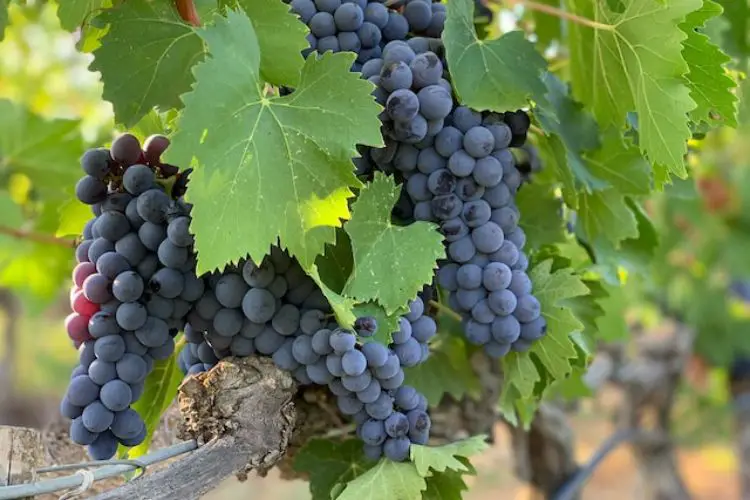
Grapes, the delicious fruits often associated with vineyards, may not make the best garden buddies for cilantro.
Grapes require a lot of space to grow and spread out, which can compete with the space that cilantro needs to grow healthily.
Furthermore, grapes can attract pests like aphids, which may then also infest your cilantro plants.
To avoid any competition for space and potential pest problems, it’s best to keep grapes and cilantro separate in your garden.
11. Mint
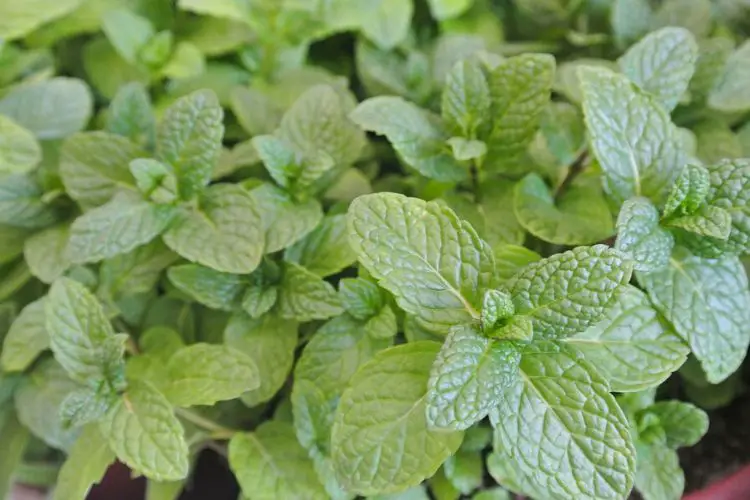
Mint, the aromatic and refreshing herb, can be an invasive companion when planted near cilantro.
Mint’s aggressive growth habits and the vigorous root system can easily take over a garden bed, crowding out the cilantro and competing for nutrients, water, and sunlight.
While mint might be a great culinary companion for cilantro, it’s best to keep these two herbs separate in the garden to prevent mint from overwhelming your delicate cilantro plants.
Final Thoughts
While cilantro is a fantastic addition to any garden, it’s crucial to be mindful of the plants you choose as its neighbors.
By avoiding these 11 potentially damaging companion plants, you can ensure that your cilantro remains healthy and productive throughout the growing season.
Remember, a well-planned garden will lead to happier plants and a more bountiful harvest. Happy gardening!

